With the first autumn and winter rains, many underground fungi species respond by producing their fruiting bodies – the things we familiarly call mushrooms and toadstools.
Australia has hundreds of native species of fungi, many of them yet to be discovered and described by mycologists (fungi scientists). As a result of European settlement there are also many introduced species, some of which we are familiar with from a culinary perspective, others are accidental introductions and definitely not edible at all.
A growing international interest in harvesting wild plants and fungi for food has seen this trend become popular in Australia. In places like Europe, knowledge around which species are edible and which species are not has been gathered and passed on for many generations.
In Australia however, it is a different story. While there is some knowledge about edibility of native fungi, there is much that is not known. Some of the introduced edible species look very much like native species about which nothing is known, and to make it more complicated, some of the poisonous introduced species can look similar to both introduced edible and native inedible species.
Because of this, the State Herbarium of South Australia has a strict policy of not encouraging anyone to eat any wild-found fungi, and does not provide public identifications for edibility. The only safe mushroom is one bought from a regulated grower or retailer.
In a poisoning emergency phone 13 11 26 (24 hours a day, 7 days a week, Australia-wide).
Today, three revised State Herbarium Factsheets, written by Hon. Research Associate Pam Catcheside, were released:
SA Health has also recently released an alert about poisonous mushrooms, see below. Similar alerts were also issued elsewhere, for example in Victoria and the ACT.
Contributed by State Herbarium Manager Peter Canty.




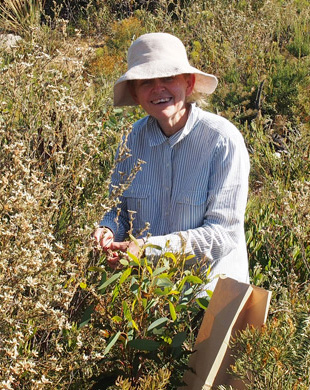

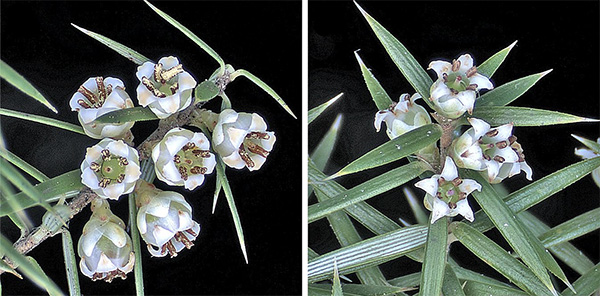
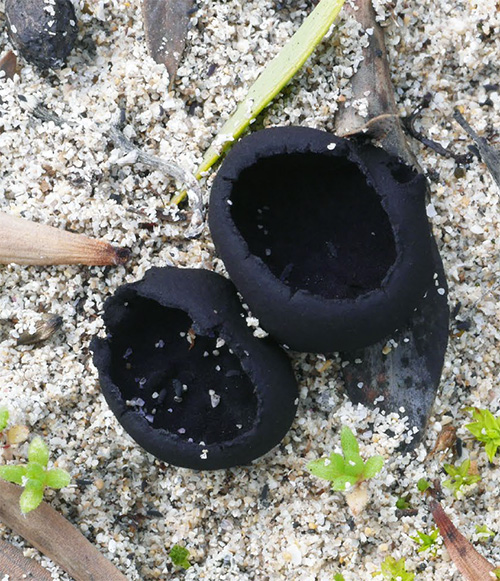
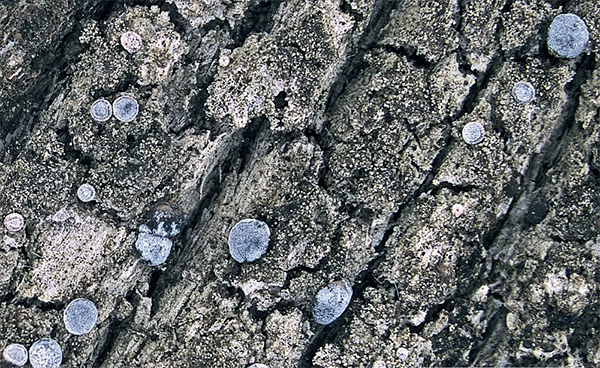

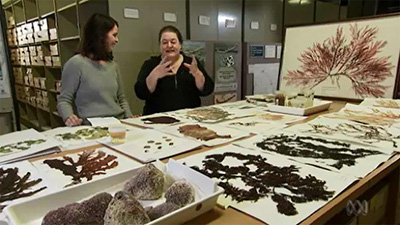
You must be logged in to post a comment.